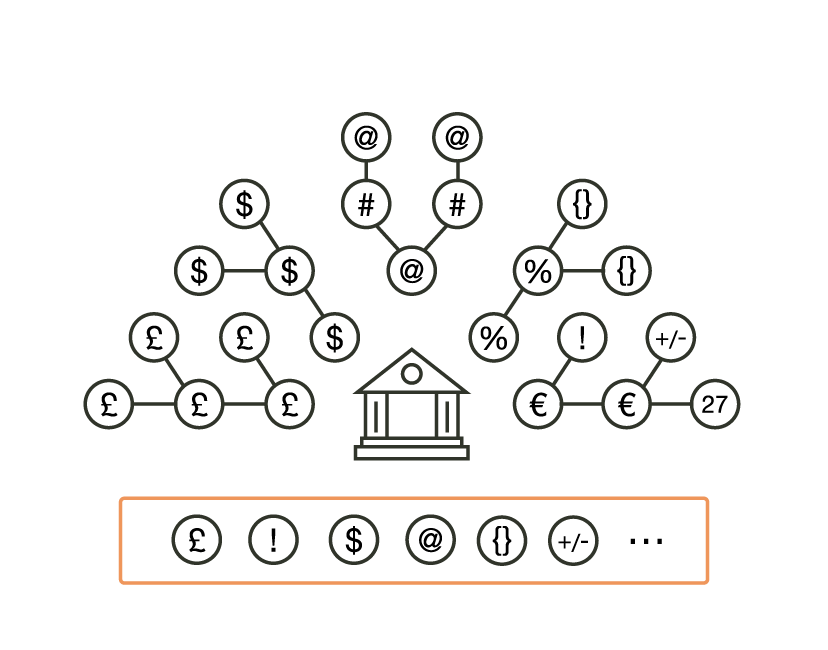Blockchain, its prospects and shared economy

The technology of the blockchain, despite its prospects for the economy, is only at the very beginning of its technological cycle. Bitcoin is the first and most famous application of this technology. Now the blockchain exists separately from Bitcoin, various companies and private developers are creating more and more new technologies based on the blockchain. IBM supports it and tries to develop this technology using all available methods.
Thanks to the blockchain, all human economic activity can be rebuilt. Many people find it difficult to think about this technology without being tied to Bitcoin, but as other areas of use of the blockchain appear, the situation changes. Interestingly, the sphere of financial services is only one of the niche scenarios for the blockchain, in fact, the possibilities of this technology are much wider. As an example, there are several cases of working with the blockchain of modern companies without being tied to finance and Bitcoin.
For example, EverlLeger uses a blockchain in the supply chain to confirm the source of origin in the diamond trade. There is an opportunity to work with this technology and in the system of ensuring the safety of valuable things - this is the startup Assetcha.in. And the Midasium company uses the blockchain to sign quality agreements on rental housing in the real estate market.
We try to clarify the blockchain terminology, since this term is usually used as a designation for something like a distributed ledger. Yes, many companies work with this technology for financial settlements (for example, Ripple), but, as we have said, there are many other possibilities. For example, Guardtime works with a blockchain to ensure data integrity. Banking operations, so to speak, are also in trend: the R3CEV consortium, which includes 43 banks, is starting to work on a private blockchain technology in the field of banking operations .
')
The basis of all ways of working with the blockchain is the ability of this technology to provide trust in the network without centralized management. The project Hyperledger, which we have already written about in our blog , aims to create an inter-sectoral open standard.
Decentralization - why is it needed?
Centralization has been and remains the basic organizational principle of the economy and society since the time of the agrarian revolution. As the population grew, people had to make decisions that benefited society as a whole, and not just individuals, the family, or the clan. Similar dynamics of centralization are also valid in the economic sphere. Larger organizations with a larger number of clients tend to be vertically integrated and centralize functions in order to increase efficiency and reduce costs. Economic centralization is the most effective organizational principle when communication and transaction costs are high. Such centralization, however, gradually undergoes changes, and this will have far-reaching consequences for social organization. The Internet has led to a sharp drop in communication costs. Blockchain will do the same with transaction costs.
The blockchain has every chance of becoming the most significant democratizing force in history, since it does not require the participation of any central authority. The use of the blockchain and, as a result, the decentralization of trust have much greater potential than is commonly believed now. A wide range of industries and fields of activity, such as accounting, legal services, real estate and electronic commerce, created business models based on trust between the buyer and the seller. In older industries, this trust has been consolidated by law, providing a barrier to potential competitor access and protection from newcomers entering the market. In turn, blockchains are a low-cost way to market for any company that acts on the market as an intermediary.
The Internet allows you to build content and send it to someone without the participation of the distributor (distributor). This reduces marginal communication costs to near zero. Blockchains provide an economic infrastructure that allows you to bundle both physical and digital assets and send them to the right addressee, without resorting to centralized management. Blockchain reduces to almost zero marginal operating costs, which makes, for example, selling a home is just as simple as a micropayment to subscribe to a blog. Blockchain provides a scalable business model for everyone on the Internet.

Second generation economy
With the advent and development of blockchain technology, traditional industries are beginning to evolve faster. Electronic commerce, real estate market, legal services - blockchains are starting to appear everywhere. Based on this technology, Amazon.com provides logistics, consulting and even delivery the day after the order.
Thanks to the new technology, you can do without intermediaries. For example, when working with Uber, Airbnb or eBay, the services of the blockchain enable users to work with resources together, share them and perform operations directly. All this is a sign of the beginning of an era of the real “shared economy”, which is also called the “participatory economy”.
According to experts, the blockchains provide an opportunity to monetize any type of activity, even a small one. As an example, you can take the process of making payment to the consultant for providing the access key to the service of a 30-minute telephone session. Or getting a key to access the service using genetic data.
Conclusion
The possibilities of the blockchain in the modern world are practically unlimited. The widespread introduction of this technology will lead to the restructuring of the economy and society. Developers are getting carte blanche now, because they will be creating application solutions experimenting with the blockchain.
Due to the fact that many services are standardized, including legal, blockchain and “smart contracts” allow us to provide low-cost legal services. The blockchain can also provide an e-voting procedure, as well as other procedures and the provision of services without the slightest probability of fraud.
Source: https://habr.com/ru/post/316230/
All Articles